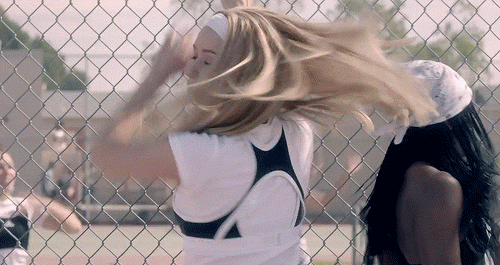top of page
A2 MEDIA PORTFOLIO
CENTRE NUMBER: 22357
CANDIDATE NUMBER: 5290
Intertextuality in Music Videos
Intertextuality, defined by Andrew Goodwin, is a relationship between media texts. Intertextuality is assumed to blur historical/chronological distinctions so that it's made to look contemporary. The form in which the media text has used intertextuality can vary from adapting costumes to directly representing the concept of another text using lyrics.
Some clear intertextuality can be seen in contemporary music videos such as Fancy by Iggy Azalea featuring Clueless, Listen To The Man by George Ezra featuring You Can Call Me Al by Paul Simon, Love Story by Taylor Swift with references to Romeo & Juliet in both, lyrics and music video, etc.
The use of intertextuality can directlyattract audiences because of the previous interest that the audience has found in the text used for intertextuality. For instance, fans of the film Clueless would be compelled to watch Iggy's video Fancy because it uses motives and themes used in the film. Another reason for the use of intertextuality could arguably be to make it easier for the consumer to realise the concept which the artist is trying to identify. For example, in All Small Things by Blink 182, the band has used intertextuality for the audience to be able to realise the point they're trying to make about contemporary pop culture.
Intertextuality can be used in very various and creative ways as well as with different purposes of using it. It engages with the audience without using literal techniques and straightforward presentations. In my opinion, if the use of intertextuality is creative and entertaining as well as meaningful, no matter how small of a part it plays in the media text, it can completely change or set the tone for it which is ultimately what an artist should want - for their product to have some sort of meaning, no matter the density of it.





bottom of page